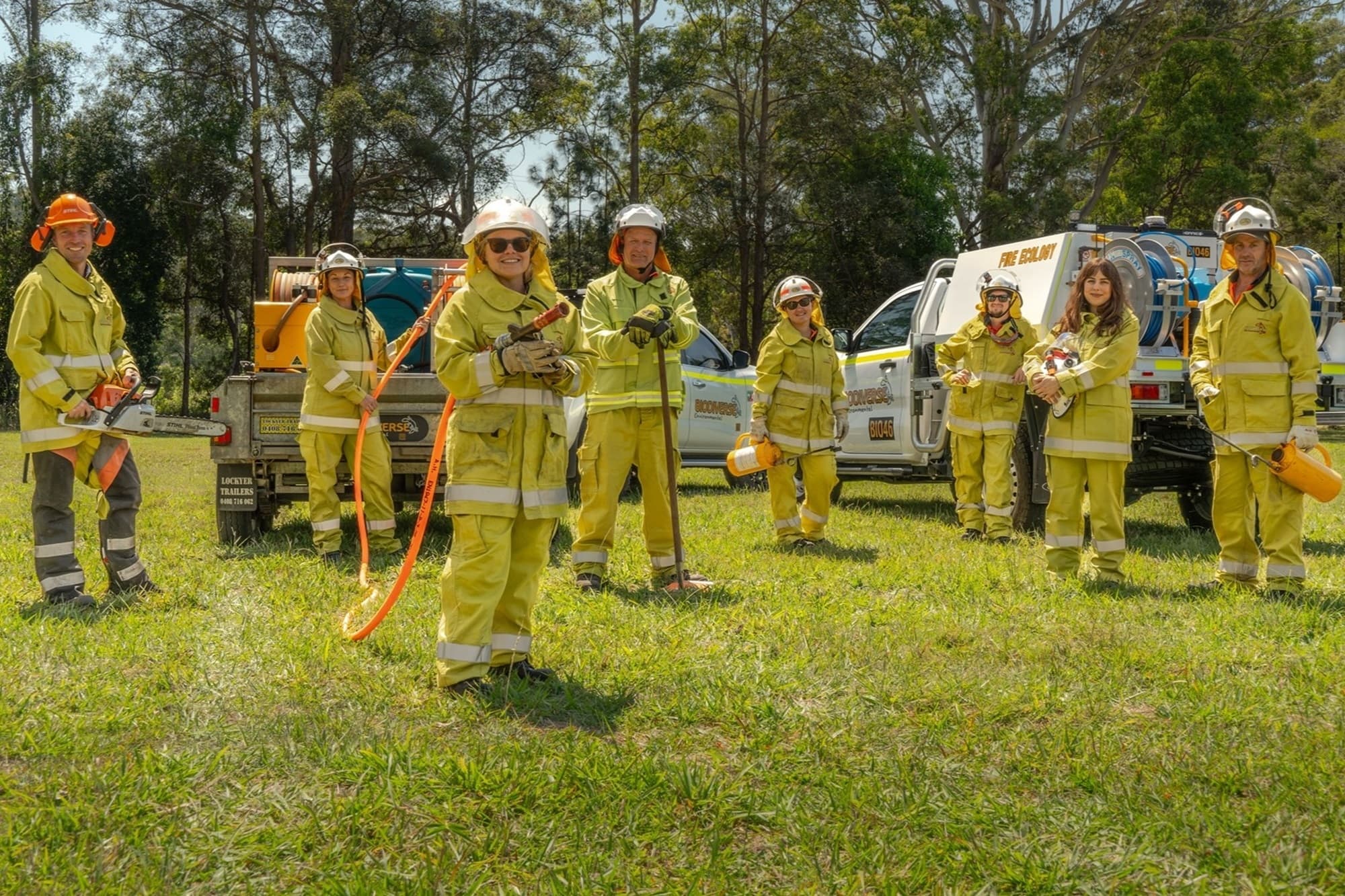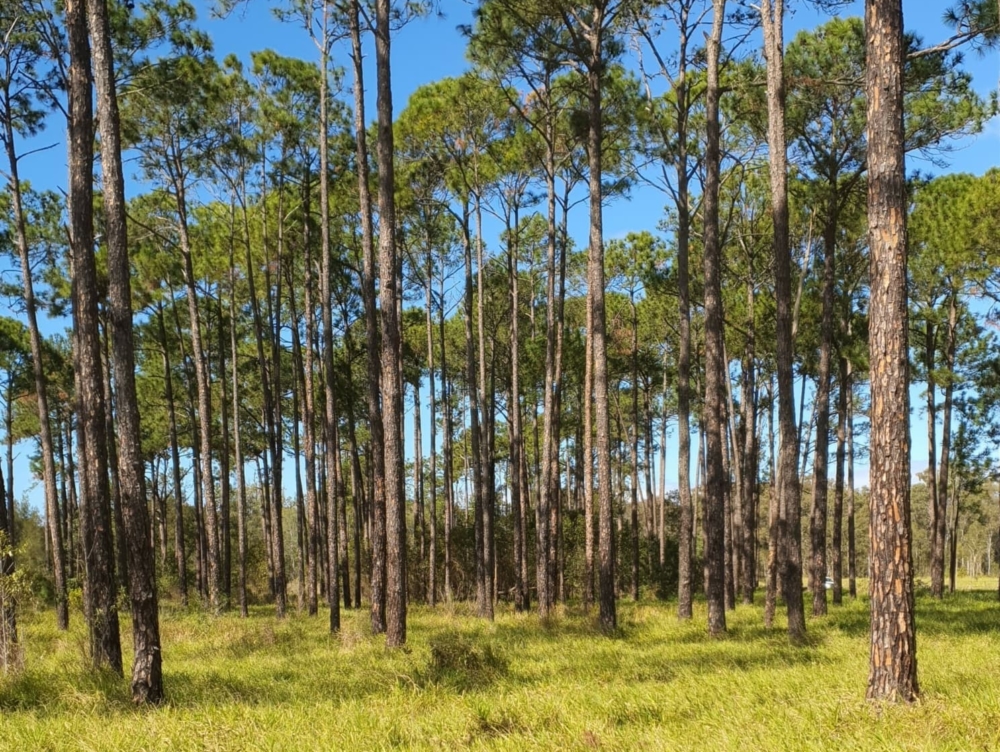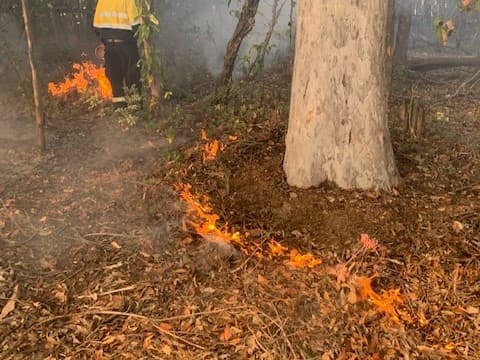BUSHFIRE ASSESSMENT AND PLANNING
Natural bushfires are essential to the regeneration of many ecosystems and species in Australia.
Obligate seeding species recruit from the seeds stored in the seed bank following a fire. Thick undergrowth is cleared during fires and opens the canopy, assisting germination and regrowth of vegetation. Bushfires provide nutrients essential to the health and regeneration of native vegetation.
Fauna habitat is created by the burnt-out trees and fallen logs that are left following a bushfire.
However, uncontrolled bushfires are a risk to human life and property, and adequate planning and advice is essential if you live in a bushfire prone area or your property is surrounded by vegetation.
Biodiverse Environmental has over 15 years of experience in bushfire management and planning.
Our extensive experience and knowledge in bushfire management and an understanding of how bushfires respond in certain conditions, combined with our ecological knowledge allows us to provide expert advice in bushfire planning that has the best outcome for people, property and the environment.
Our Bushfire Planning and Management Services include:
- Bushfire Hazard Assessments and Modelling
- Bushfire Attack Level (BAL) assessments in adherence with Australian Standard AS 3959 2018 Construction of buildings in bushfire-prone areas
- Fuel Load Assessments
- Bushfire Management Plans including mapping
- Ecological Bushfire Assessment and Planning
- Thermal drone to monitor fire activity and assist emergency services
- Pre and Post Fire Assessment (includes aerial surveys and mapping – UAV)


